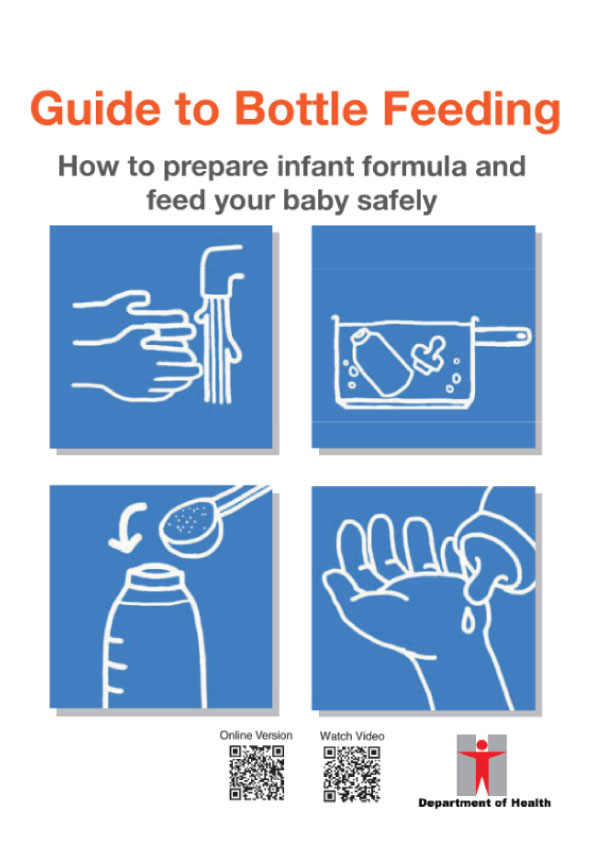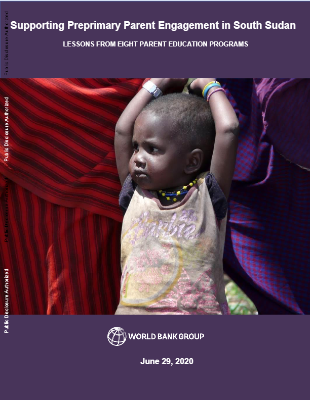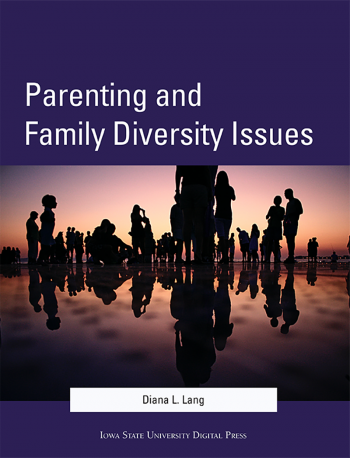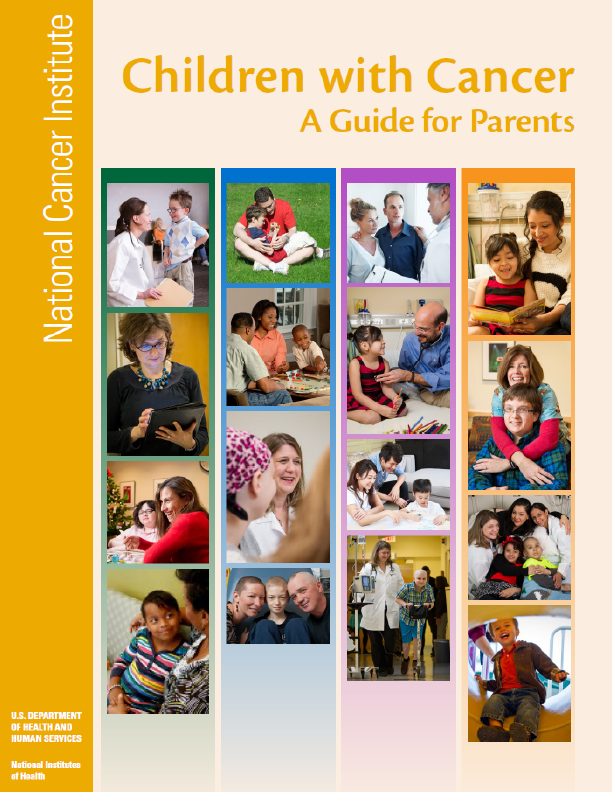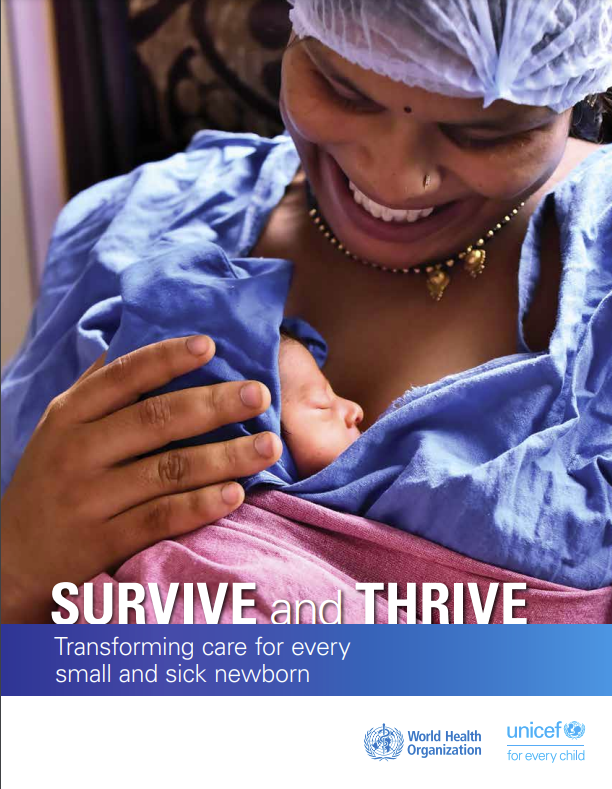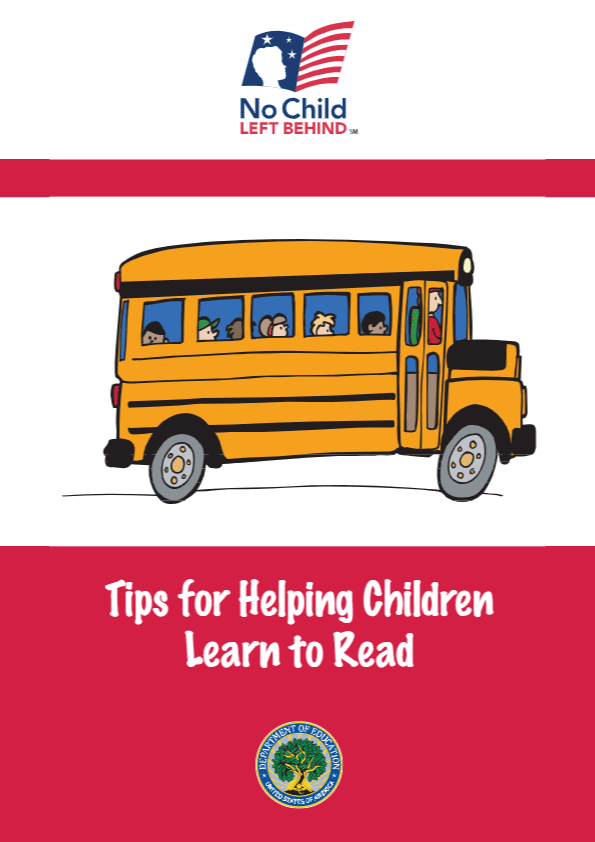Considerations for feeding baby with infant formula
If for some reason, parents cannot breastfeed or have decided not to give their baby breastmilk, they can only give him infant formula in his first few months of life.
Parents should understand that once the baby is fed with infant formula, the mother’s breast will produce less breastmilk. Mother’s intention to breastfeed may be weakened too.
Infant formula is costly. Parents may have to spend a considerable amount of money on the infant formula in the first year (for example, a can of 900 gram infant formula costs $250 and a baby consumes 3 to 4 cans a month. That would cost the parents $9,000 to $12,000 in the first year).
Infant formula is available in two forms: the commercially sterile ready-to-feed liquid formula and powdered infant formula. Powdered infant formula is not a sterile product. Safe preparation of formula milk and use of properly sterilised feeding equipment is essential to protect the baby from the risk of getting infection.
Breastmilk is more than the baby’s natural food…
Breastmilk is the ideal source of nutrients for baby’s growth and development. It also contains antibodies and living immune cells from the mother, enzymes, and other valuable substances that cannot be obtained from infant formula. These ingredients enhance the baby’s immunity and reduce the chance of being admitted to hospital because of chest infection or diarrhea. Breastmilk also helps the digestion and absorption of nutrients.
Breastfeeding is convenient, time-saving, money-saving and environmental friendly. It enhances bonding between the mother and the baby, and makes the baby feel safe. Breastfeeding benefits mothers too. Breastfeeding mothers have less chance of anaemia and heavy bleeding after delivery. It burns calories and helps the uterus return to normal size, so breastfeeding mothers get back in shape more quickly. Breastfeeding also protects mothers from ovarian and breast cancer.
What is infant formula?
- Most of the infant formulae are made from cow’s milk that has been treated to make it suitable for babies. There are also infant formulae made from goat’s milk or soy protein.
- The nutritional compositions of infant formulae must meet the standards of the Codex Alimentarius Commission, and satisfy, by itself, the nutritional requirements of infants during the first months of life up to the introduction of appropriate complementary feeding.
How to choose a suitable infant formula?
- Cow’s milk-based infant formulae, often called “Stage 1 formulae”, are suitable for the healthy babies from birth.
- Soy-based infant formulae can be used when the baby has galactosaemia or when he cannot have formulae made from cow’s milk for cultural or religious reasons.
- Nutritional composition of infant formulae are similar. You can make your decision according to the market supply or personal choice. If needed, you can ask your doctor or nurse for advice. In general, switching to another brand should not affect the baby’s health.
- Premature infants and infants with weakened immune systems are more vulnerable to bacterial infections. Where possible, the sterile ready-to-feed liquid infant formulae should be chosen.
Unless advised by a doctor, babies under 6 months should only be given infant formula.
After 6 months, they can continue with infant formula. After 12 months old, they can start to drink full fat cow’s milk.
1Nutritional composition of infant formula sold in Hong Kong is under the legislative regulation. It should provide nutrition label showing the energy and nutrient contents. Visit the webpage of the Centre for Food Safety for details.
2Centre for Food Safety, Food and Environmental Hygiene Department. Food Safety Focus (28th Issue, November 2008).
Q. Is there any infant formula that reduces the baby’s risk of getting allergy?
- Breastfeeding is the best way of protecting the babies from developing allergy.
- No infant formula products have been shown to have a significant effect in preventing healthy babies from developing allergy. If there is a family member suffering from allergy, it is best to breastfeed your baby. Ask your doctor for advice if you consider feeding your baby infant formula.
Q. What are the choices of infant formula for infants with cow’s milk allergy?
- Consult your doctor if you worry your baby is allergic to cow’s milk. For infants who are diagnosed with cow’s milk protein allergy, doctors may prescribe special formula3, such as extensively hydrolysed formula and amino acid formula. It is important to follow doctors’ instructions on choice of products.
- Soy-based formulae or goat’s milk formulae are not suitable for babies with cow’s milk allergy because these babies may also be allergic to soy or goat’s milk.
3”Special formula” means formula for special medical purposes for infants and young children.
Q. My baby passes hard stools. Is it related to the infant formula?
- General speaking, it is not common for babies to have constipation in the first six months of age. However, constipation may occur temporarily when they switch from breastmilk to infant formula or switch to a new brand of formula. Besides, babies may be constipated if the infant formula is not prepared correctly and less water is added. Check the instructions on the formula package. Make sure the correct amount of water and powdered infant formula are used in making up a feed. Always put water into the feeding bottle first and then add the formula powder. If needed, you can give your baby a small amount of water in between meals.
Q. How do I help my baby switch to another brand of infant formula?
- There is no specific rule on how to switch infant formula brands. If your baby accepts new taste quite easily, parents can simply switch to the new brand in one go. Alternatively, you may increase the number of feeds of the new brand gradually.
- The milk powder and water ratio differs with different brands. You should not mix two or more brands of milk powder when preparing one feed.
- On switching to another formula brand, you may notice a change in your baby’s stool. This is usually due to a subtle difference in composition of ingredients amongst different brands, and does not affect the baby’s health.
<Follow-on formula >is not suitable for babies under 6 months
Follow-on formula (that is “Stage 2” or “Stage 3 formula”) contains much more protein. The excess protein may overload the immature kidneys of newborn babies and may lead to dehydration, diarrhea or damage to the brain.
Types of milk to avoid in babies under one year old:
- Goats’milk
- Soymilk
- Evaporated milk
- Condensed milk
- Full fat milk or low fat milk
What equipment is needed for bottle feeding?
- Sterilising equipment (such as a large pot, electric or microwave steam steriliser)
- Feeding bottles and teats of appropriate size and material
- Bottle brush and teat brush
- Tongs for picking up feeding bottles and teats after sterilising
How to choose feeding bottles and teats?
Choosing feeding bottles
- Use glass bottles or plastic bottles that are bisphenol A (BPA) free.
- The colours of the decorations and markings on the bottles should not chip off easily and should be harmless.
- The bottles are clear with easy to read marking on the side. The inner part of bottles is easily visible.
- They should be easy to clean.
- The bottle sizes should be appropriate.
Choosing teats
- The size of the teats should be appropriate for the age of the baby.
- The shape and material of the teat generally do not make a difference in feeding. Latex teats are soft and flexible. Silicone teats are more durable and can stay in shape longer.
- The hole of the teat should be in an appropriate size that the milk will drip at a rate of about one drop per second when the bottle is tilted. If the hole is too small, the baby may get tired from sucking. If it is too big, the baby may choke on the milk because the formula comes out too fast.
- Use bottles and teats which comply with the safety standards (such as the European standard EN 14350). Check that the bottles are bisphenol A (BPA) free.
- Replace the bottles when the markings are blur.
- Throw away broken or damaged bottles and teats.
